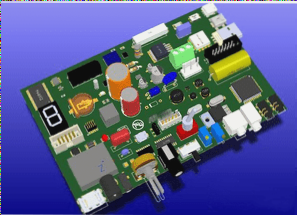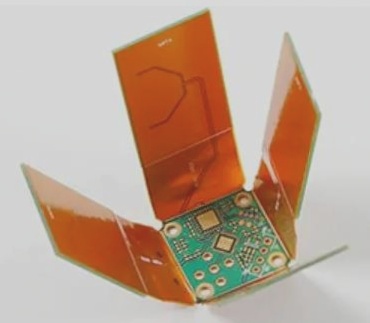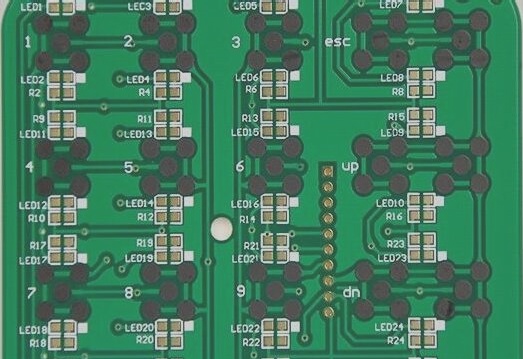The Importance of Inner Layer Buried Hole Plug Hole Technology in PCB Manufacturing
The concept of plug holes in the printed circuit board (PCB) industry has been crucial for ensuring the integrity of circuit connections. Initially used to address concerns during the etching process, plug holes have evolved to play a vital role in modern PCB fabrication, especially in the realm of inner layer buried holes.
With the advancement of HDI high-density connection technology, the need for precise and reliable inner layer buried holes has become paramount. These holes must be adequately filled and grounded to optimize wiring area on outer layers, thereby enhancing overall circuit performance.
To meet these demands, PCB manufacturers and material suppliers have developed specialized plug-hole inks with characteristics such as Hi-Tg, low CTE, and solvent-free compositions. The process of plugging sections involves intricate steps like drilling, plating, roughening, and grinding, highlighting the industry’s commitment to quality and innovation.
Key Considerations for Inner Layer Plugging
- Ensuring complete filling of buried holes
- Maintaining uniform dielectric layer thickness
- Protecting outer line signals and meeting impedance requirements
Various methods, including press-filling and resin ink plugging, are employed based on the size and aspect ratio of the holes. While screen printing offers advantages in terms of simplicity and accessibility, it may pose challenges in handling different plug hole diameters efficiently.
Ultimately, the meticulous process of inner layer buried hole plug hole technology not only enhances circuit performance but also underscores the PCB industry’s dedication to precision and reliability in manufacturing processes.




